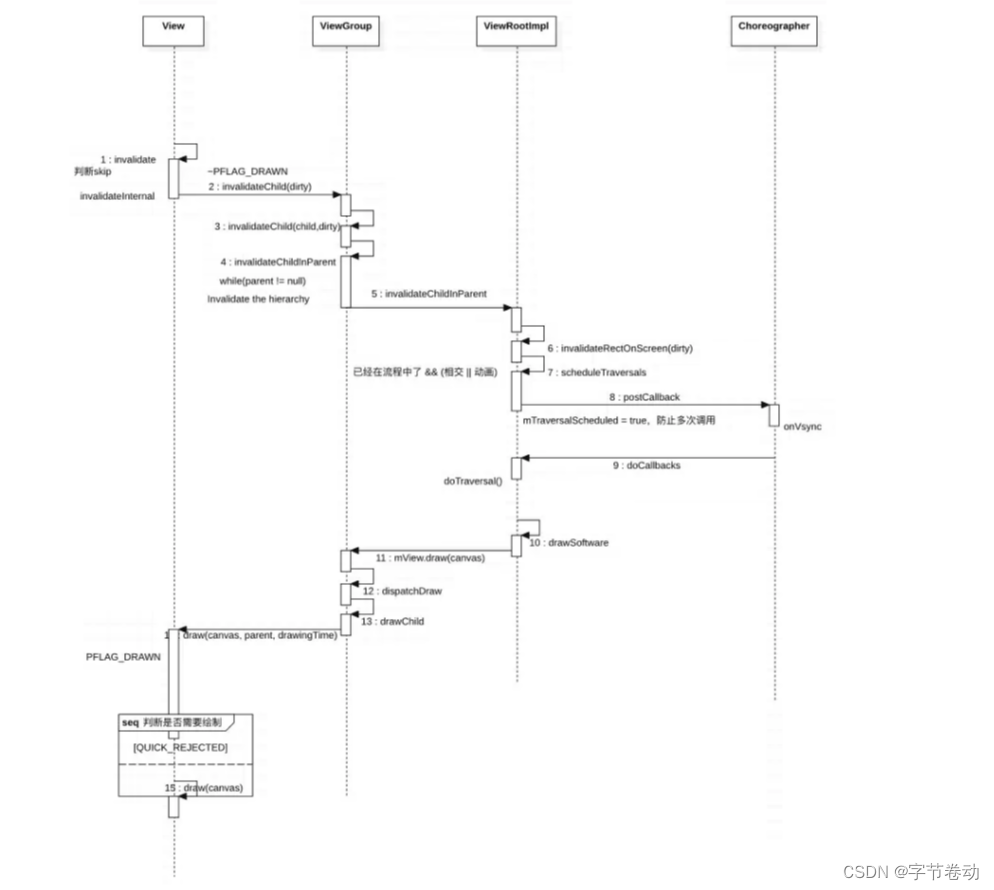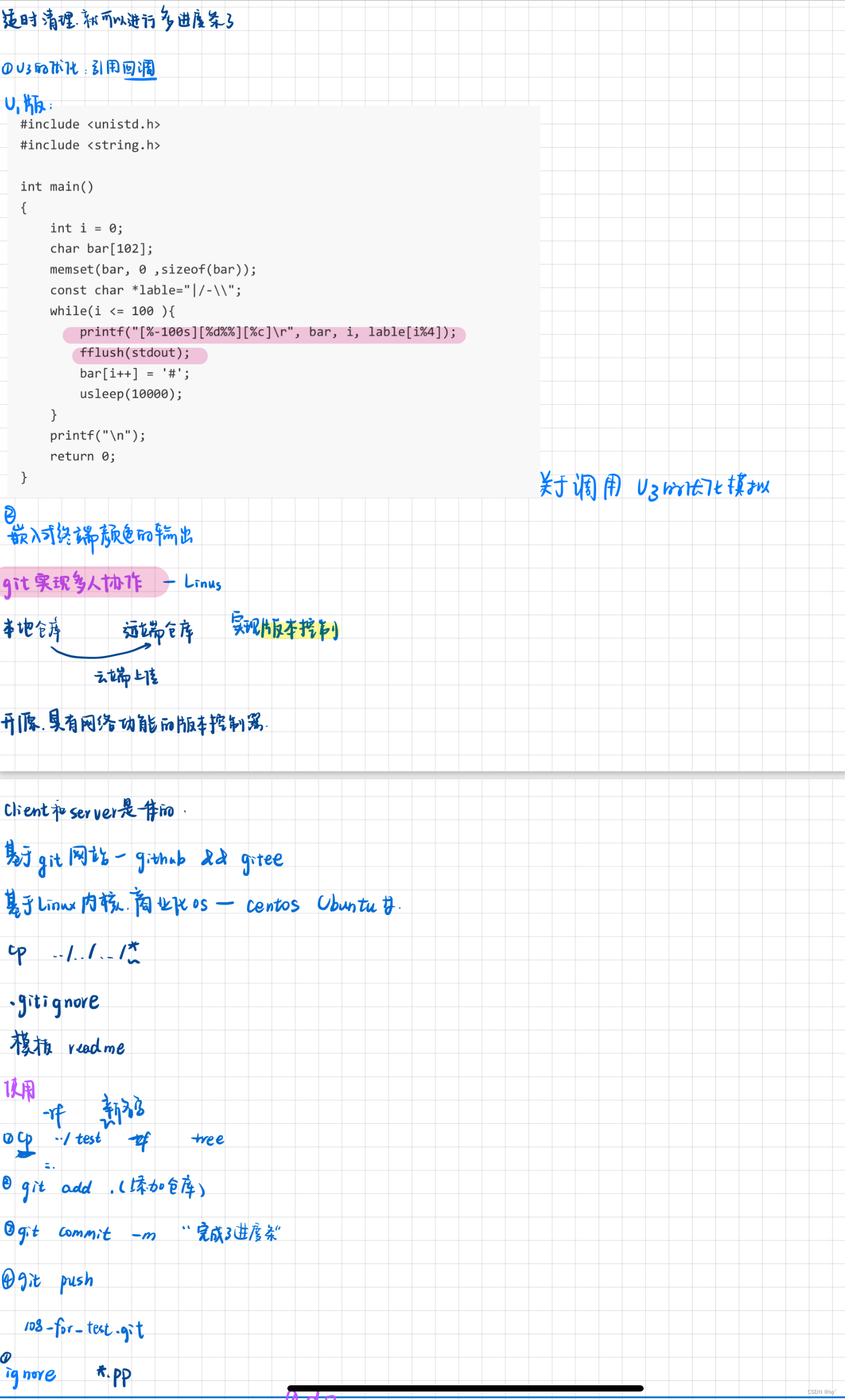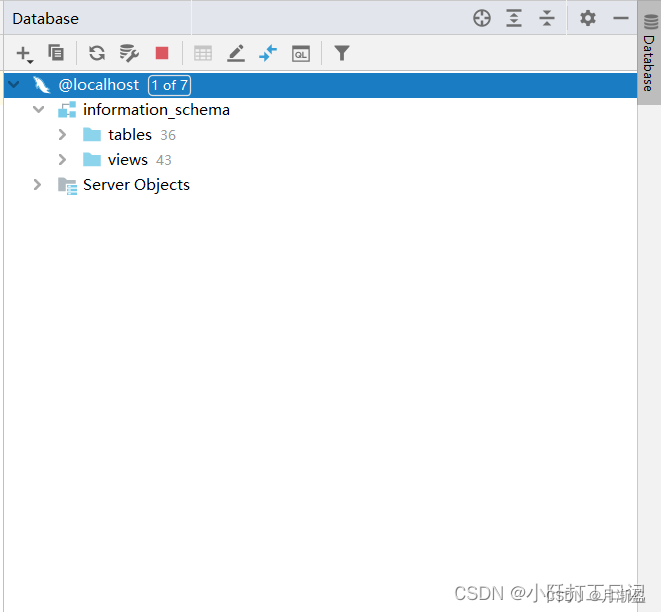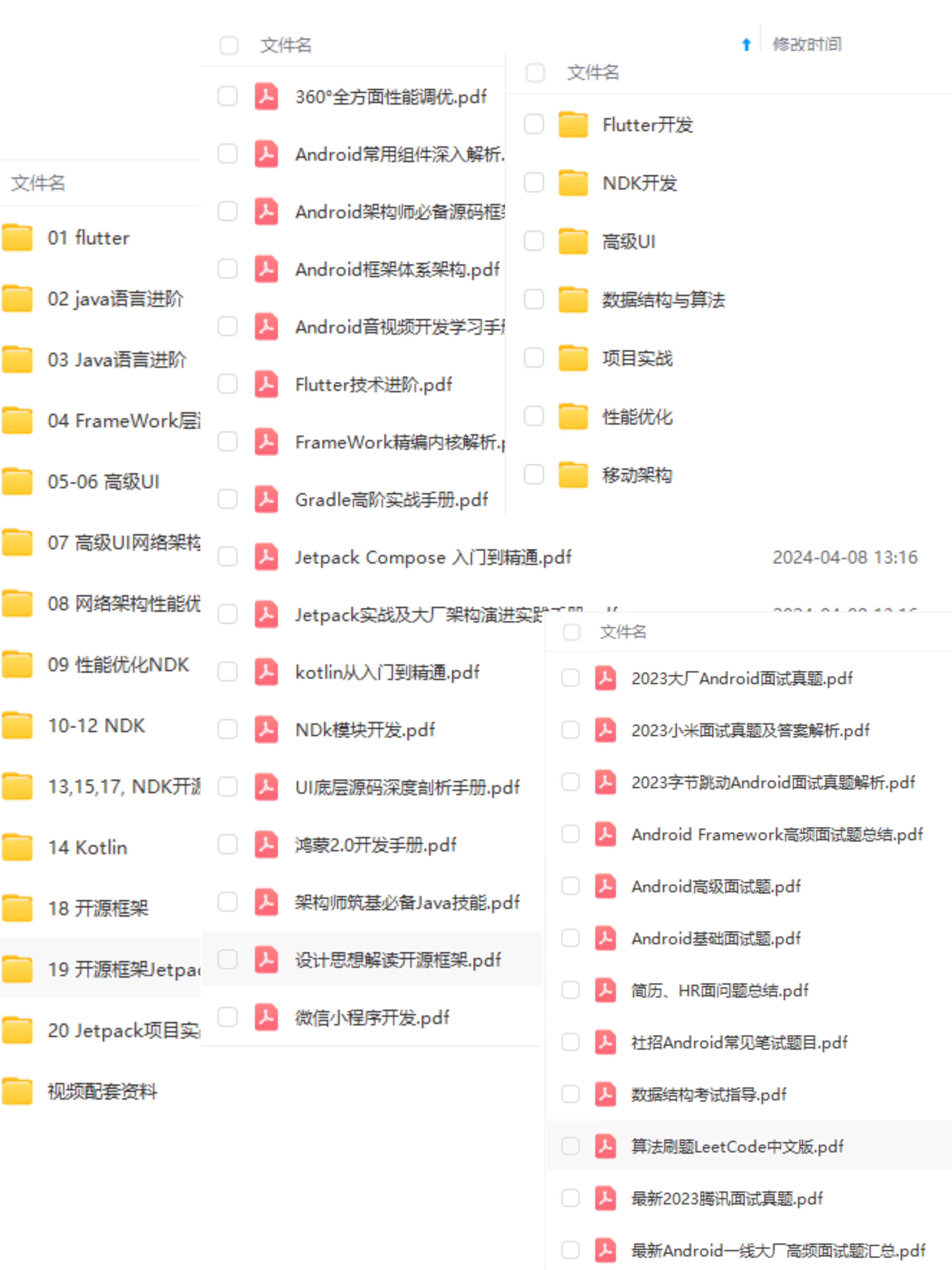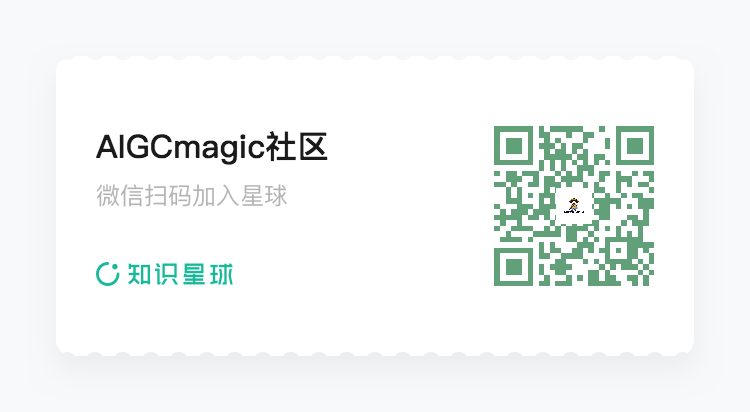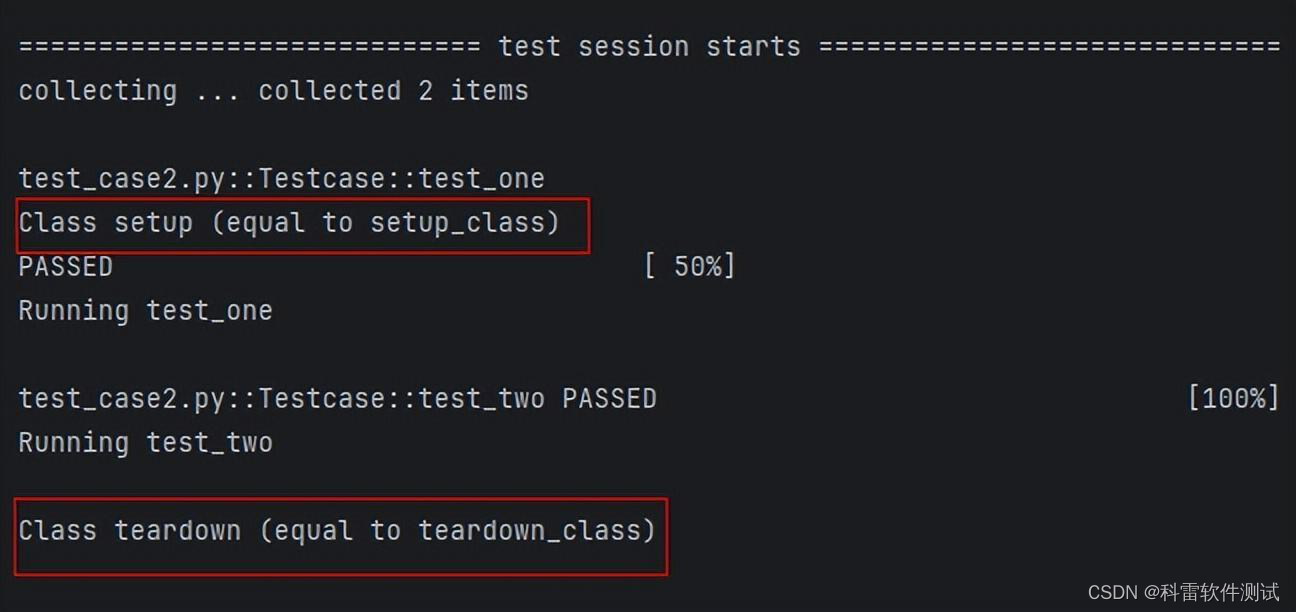最近在爬一些数据,有些网址的验证码比较难搞,于是使用yolov8来解决。
一、数据打标签并转为txt
使用的软件为X-AnyLabeling。内置各种模型,方便打标。
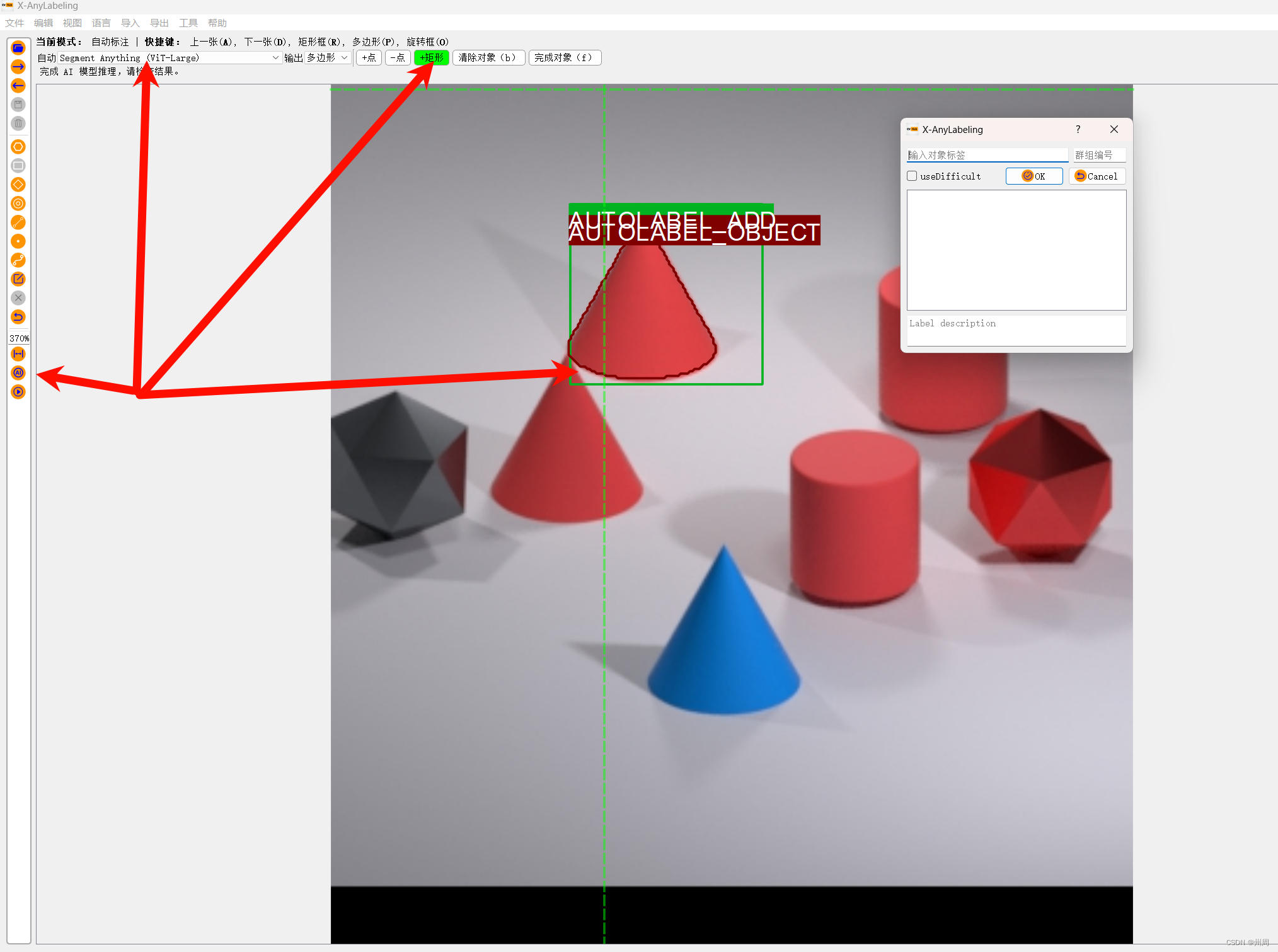
打标完成后由于是json格式,所以我们使用python转换即可
import json
import os
#矩形框时
def labelme_to_yolo(label_me_json_file, cls2id_dict):
label_me_json = json.load(open(label_me_json_file, mode='r', encoding='UTF-8'))
shapes = label_me_json['shapes']
img_width, img_height = label_me_json['imageWidth'], label_me_json['imageHeight']
img_path = label_me_json['imagePath']
img_data = label_me_json['imageData'] if 'imageData' in label_me_json else ''
labels = []
for s in shapes:
s_type = s['shape_type']
s_type = s_type.lower()
if s_type == 'rectangle':
pts = s['points']
x1, y1 = pts[0] # left corner
x2, y2 = pts[1] # right corner
x = (x1 + x2) / 2 / img_width
y = (y1 + y2) / 2 / img_height
w = abs(x2 - x1) / img_width
h = abs(y2 - y1) / img_height
cid = cls2id_dict[s['label']]
labels.append(f'{cid} {x} {y} {w} {h}')
return labels
def write_label2txt(save_txt_path, label_list):
f = open(save_txt_path, "w", encoding="UTF-8")
for label in label_list:
temp_list = label.split(" ")
f.write(temp_list[0])
f.write(" ")
f.write(temp_list[1])
f.write(" ")
f.write(temp_list[2])
f.write(" ")
f.write(temp_list[3])
f.write(" ")
f.write(temp_list[4])
f.write("\n")
if __name__ == '__main__':
# 原始图片文件夹路径
img_dir = r"D:\pic\pic"
# 原始JSON标签文件夹路径
json_dir = r"D:\pic\label_json"
# 生成保存TXT文件夹路径
save_dir = r"D:\pic\label_txt"
# 类别和序号的映射字典
cls2id_dict = {"building1": "0"}
if not os.path.exists(save_dir):
os.makedirs(save_dir)
for json_name in os.listdir(json_dir):
json_path = os.path.join(json_dir, json_name)
txt_name = json_name.split(".")[0] + ".txt"
save_txt_path = os.path.join(save_dir, txt_name)
labels = labelme_to_yolo(json_path, cls2id_dict)
write_label2txt(save_txt_path, labels)# 处理 X-Anylabeling 多边形矩阵的标注 json 转化 txt,提取点
import json
import os
name2id = { '球体' : 0,
'立方体': 1,
'圆锥体': 2,
'圆柱体': 3,
'多面体': 4
} # 修改你的类别并且赋与 index
def decode_json(json_floder_path, txt_outer_path, json_name):
txt_name = os.path.join(txt_outer_path,json_name[:-5]) + '.txt'
with open(txt_name, 'a') as f:
json_path = os.path.join(json_floder_path, json_name)
data = json.load(open(json_path, 'r', encoding='utf8', errors='ignore'))
img_w = data['imageWidth']
img_h = data['imageHeight']
isshape_type = data['shapes'][0]['shape_type']
print(isshape_type)
dw = 1. / (img_w)
dh = 1. / (img_h)
for i in data['shapes']:
label_name = i['label']
if (i['shape_type'] == 'polygon'):
point = []
for lk in range(len(i['points'])):
x = float(i['points'][lk][0])
y = float(i['points'][lk][1])
point_x = x * dw
point_y = y * dh
point.append(point_x)
point.append(point_y)
try:
formatted_line = f"{name2id[label_name]} {' '.join(str(a) for a in point)}\n"
f.write(formatted_line)
except KeyError:
print(f"Warning: Label name '{label_name}' not found in name2id mapping.")
f.close()
if __name__ == "__main__":
json_floder_path = r'D:\pic\label_json' # 存放 json 的文件夹的绝对路径
txt_outer_path = r'D:\pic\label_txt' # 存放 txt 的文件夹绝对路径
json_names = os.listdir(json_floder_path)
flagcount = 0
for json_name in json_names:
decode_json(json_floder_path, txt_outer_path, json_name)
flagcount += 1
print('-----------转化完毕------------')
二、使用yolov8训练
2.1 将图片和标签分别放在datasets目录下

2.2创建yaml文件
trian为训练的图片
val为预测的图片
train: D:\\software\\PyCharm\\workspace\\ultralytics\\datasest\\mypic\\images
val: D:\\software\\PyCharm\\workspace\\SomeTry\\yanzhengma\\val
names:
0: '球体'
1: '立方体'
2: '圆锥体'
3: '圆柱体'
4: '多面体'2.3 创建训练代码
YOLOv8文档
from ultralytics import YOLO
model = YOLO('yolov8n.pt')
model.train(data='mypic.yaml', epochs=100, imgsz=640, batch=8)
#用训练后的模型进行预测
yolo predict model=runs/detect/train/weights/best.pt source=D:\\software\\PyCharm\\workspace\\SomeTry\\yanzhengma\\val\\1719060455810geetest_image.jpg
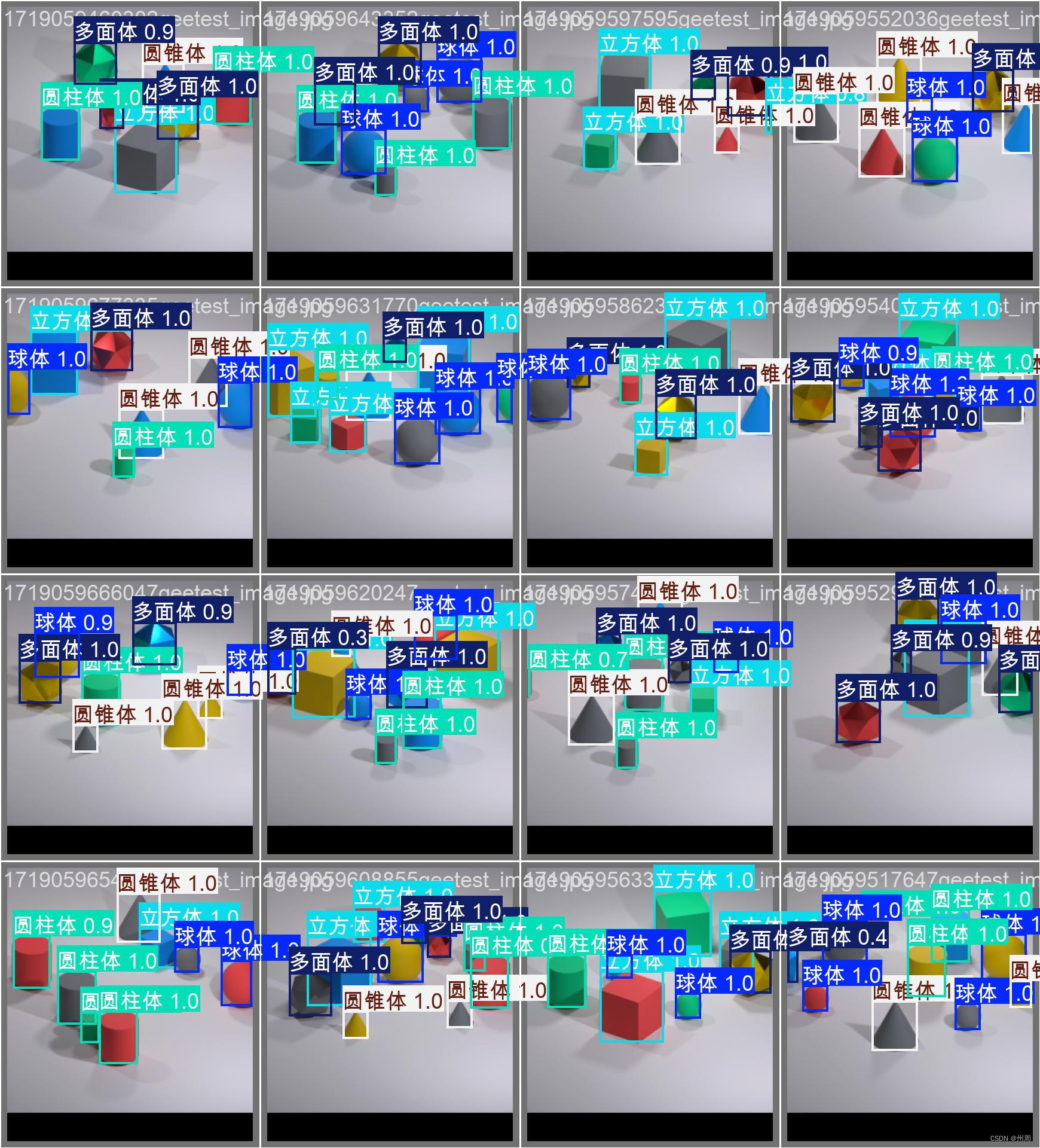



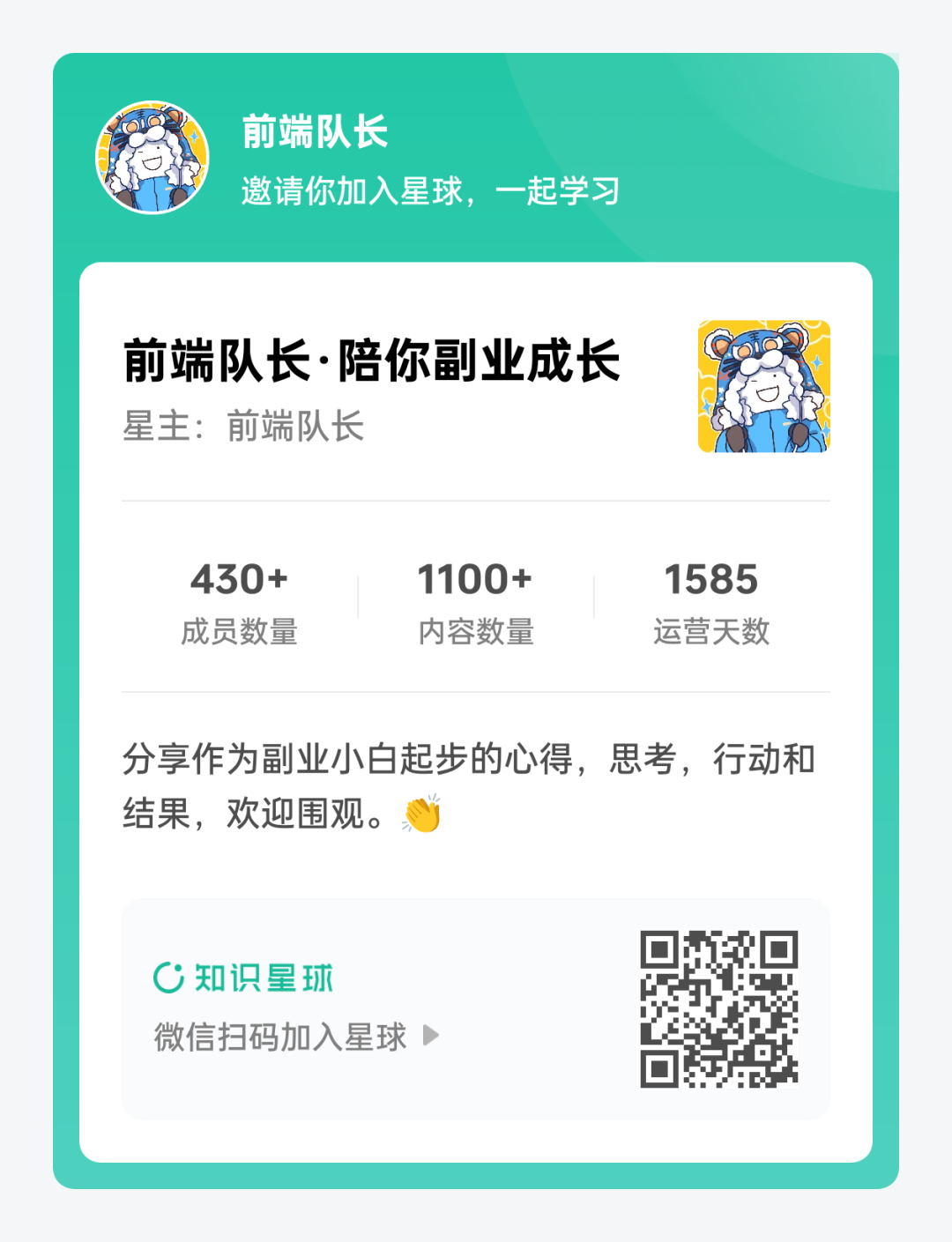

![[面试题]MongoDB](https://img-blog.csdnimg.cn/direct/6507af77273149edbd66e3abcb940ebf.jpeg#pic_left)

